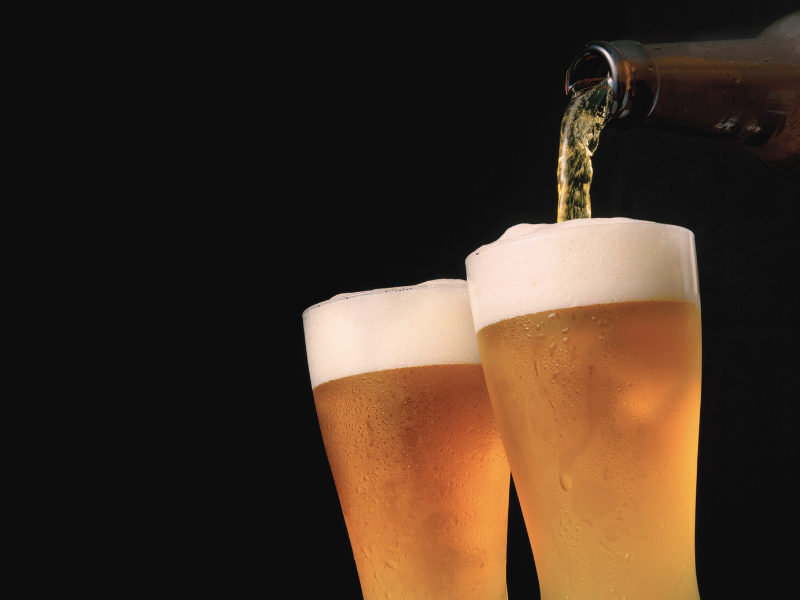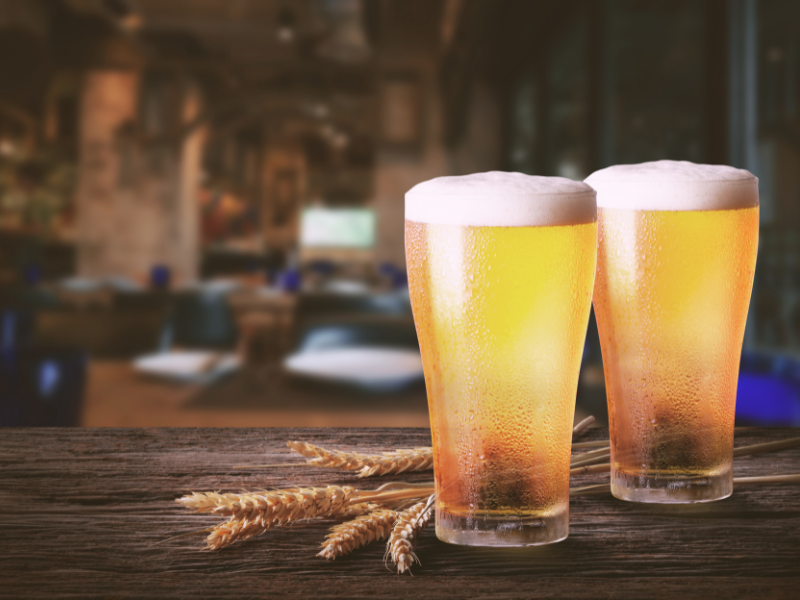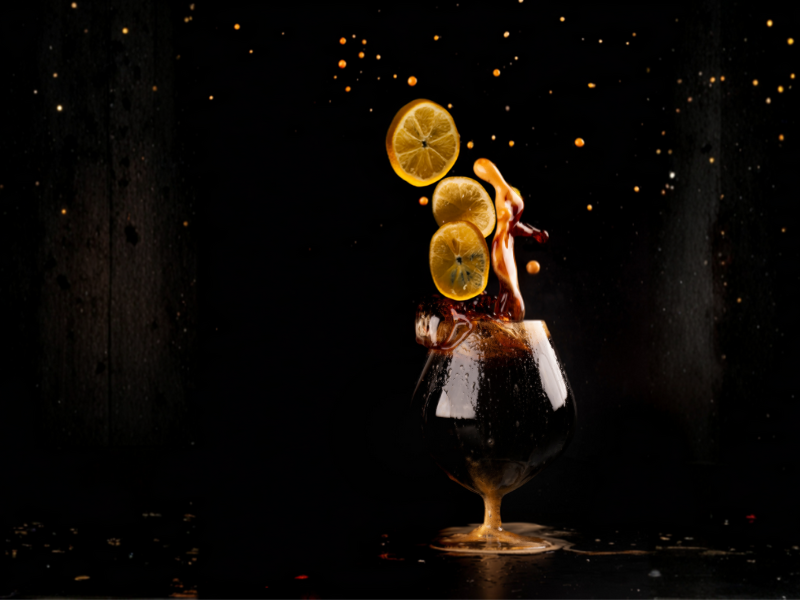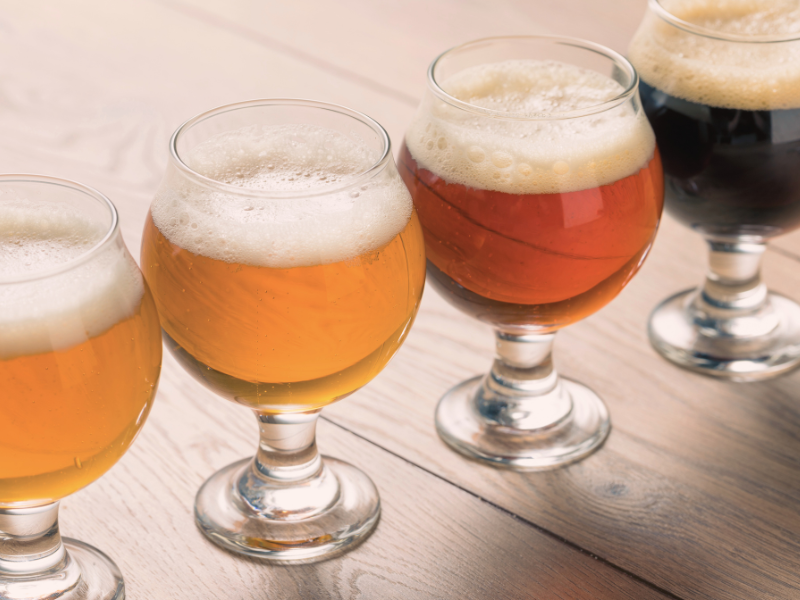Previous Post
Get Your Brew On: Five Styles to Brew at Home
Posted on October 28, 2025 by Kevin Findley
As with a love of cooking, one of the interesting aspects of home brewing is trying a new beer style at a bar, pub, or restaurant, then duplicating it at home. Here are five popular styles consumed in the U.S. and just about everywhere else.
India Pale Ale (IPA)
Arguably the most popular Craft beer on the West Coast, the IPA originated in England. After shiploads of skunky beer arrived in India to demoralized British soldiers, brewers increased the amount of hops used in the brewing process. These increased hops kept the beer from turning bad on the long ocean voyage, much to the delight of thousands of soldiers who now had a taste of home.
The increased hops give IPAs a bold, intense flavor that tastes like a strong citrus fruit or pine nuts. Variants include the beloved West Coast IPA, the New England (Hazy) IPA, and the Double IPA. All of which are great for Spring and Summer.
Lager
Lagers have their origins in Bavaria and are the most popular beers in America. When done right and properly chilled, the taste almost feels like it snaps on your tongue. That’s why advertising often mentions a crisp, clean taste. Lagers drink smooth and are a refreshing choice on a hot day after mowing the lawn, cleaning the house, or washing your car.
Variant lagers include Pilsners, International Pale Lagers, and American Lagers. Specific versions include Märzen (Oktoberfest) beers, Dunkels, and Doppelbocks. If you want an American Lager, try riding a Clydesdale horse toward the mountains while a whooshing sound plays in the background.
Stout
Stout beer originated in England. The first written mention of a Stout beer goes all the way back to 1677. It is a very rich, dark beer with strong flavors and aromas of coffee or chocolate, and a slight bitterness from a small amount of roasted malt added with the other grains. Stouts are more popular in Fall and Winter, but for lovers of dark beer, this is their go-to choice throughout the year.
Variant styles include American, Milk, and Oatmeal. American Stouts have a stronger hops taste, which makes them a bit more refreshing than their British counterparts. Milk Stouts recipes add lactose sugar into the brewing process, giving them a smoother taste without sacrificing the other flavors. Oatmeal Stouts have a creamier texture than other stouts and less bitterness. I’m not sure why, but rolled oats work better than steel-cut.
Wheat
Wheat beers are perhaps the oldest, going back to Mesopotamia around 5000 B.C. I guess this means Gilgamesh knew how to party. Like IPAs, Wheat beers are a favorite in warm weather. Since the emphasis is on the mix of wheat grains rather than the hops, these beers are smoother on the palate, and some have an almost fruity or even spicy flavor.
Around 6400 years later, Bavaria began tinkering with wheat beer, creating what we now call Weissbier (White Beer). Three hundred years later, Belgian brewers added coriander and orange peel to their process, creating Witbier. Variants include Berliner, Hefeweizen, and the aforementioned Witbier.
Porter
If the phrase ‘Working-Class Beer’ ever appears in the dictionary, you’ll see a pint of Porter next to it. First brewed in 18th-century London, this beer is named for the dock workers and haulers who made it popular. It has the same flavors as a Stout, but many Porters also have hints of caramel.
While not as popular as Lagers and IPAs, beer lovers appreciate dark brown and black colors and the more complex notes compared to Stouts. Variants include the English Brown, which is perhaps the smoothest of the Porters; the Baltic, which is brewed with lager yeast; and the American Robust, which has additional hops for a bolder flavor.
I’ve brewed versions of each of these, and in the next installment of Get Your Brew On, I’ll detail how. First up is the excellent Porter I brewed in October a few years ago. By the time it fermented and bottle-aged, the Holiday Honey Porter turned out to be a great companion to Thanksgiving dinner. Three days later, I finished it off with the last of the turkey. So good!
Find Out More with My Military Lifestyle and Crafts!
Next Post
Written by
More Military Life Posts











